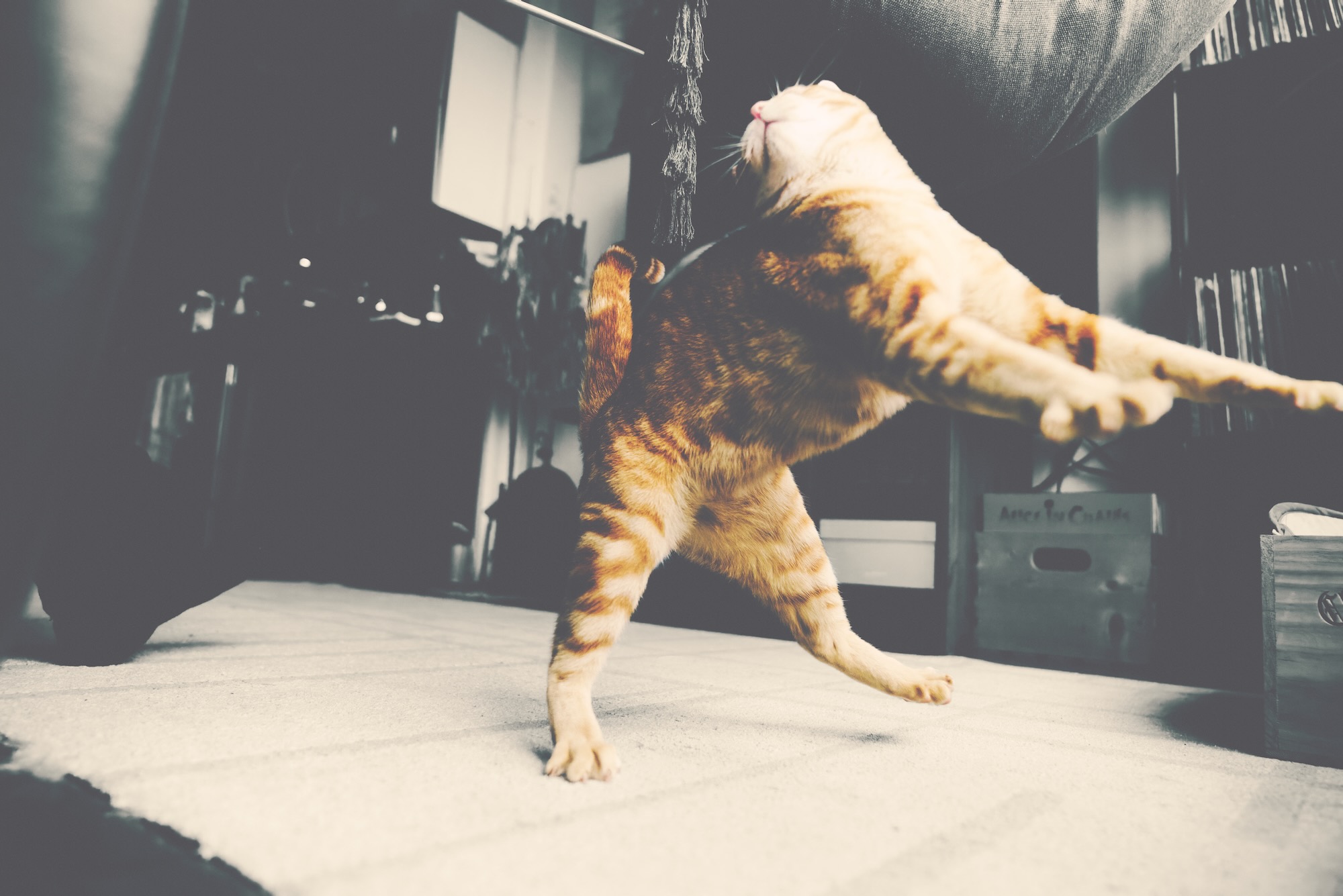

The above photos are from an event I attended with friends, and as an avid photographer, I naturally had my camera with me, capturing memorable moments throughout the day. While I mainly focused on my friends, there was one image that stood out – the striking “HOT GUY IN RED.” These two images represent the before and after of my basic editing process, which I’m excited to share here to demonstrate the value that post-processing can add to your photography.
Let’s start with the first and most obvious aspect of my editing process: background enhancement. Now, this is a topic that tends to spark passionate debates among photographers. Some argue that altering the background is inappropriate and detracts from the authenticity of the image, but I respectfully disagree.
Photography is an art form, and from the moment you pick up your camera and adjust settings like shutter speed, ISO, aperture, and lens choice, you’ve already deviated from the “natural” world. These settings impact the way your camera interprets light and captures the scene. Therefore, photography is, by nature, an interpretation of reality, influenced by your choices and perspective.
Post-processing, in my view, is an extension of this creative process. It allows us to take the image we’ve captured and fine-tune it to match the story we intend to convey. And that’s precisely what I aim to achieve with my editing.
Cleaning up the background, removing distractions, enhancing lighting and shadows – these are just a few elements that I believe can bring the focus where it belongs: on the subject. In the case of “HOT GUY IN RED,” it’s about accentuating what makes the subject compelling and ensuring that the viewer’s attention is drawn to the story we want to tell.
Ultimately, it comes down to your intent as a photographer. Are you seeking to enhance the story you’ve captured, or are you content with a straightforward representation of the moment? There’s no right or wrong answer; it’s all about the story you want to convey. My approach is to use editing as a tool to improve and emphasize the subject, ensuring that the viewer’s attention is on the narrative I want to share.
In conclusion, as photographers, we have the power to interpret and enhance the world through our lenses and editing software. While the debate on post-processing will likely continue, it’s essential to remember that photography is an art form, and our editing choices are part of the creative process. So whether you choose to embrace post-processing or prefer a more natural approach, what matters most is the story you tell through your images.
